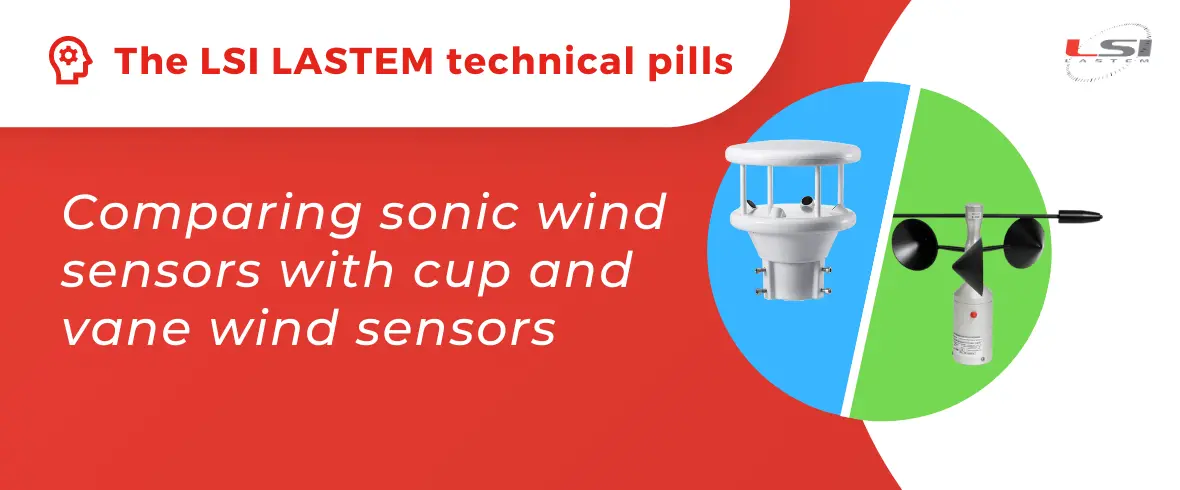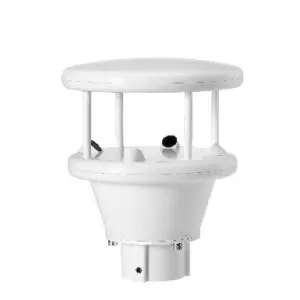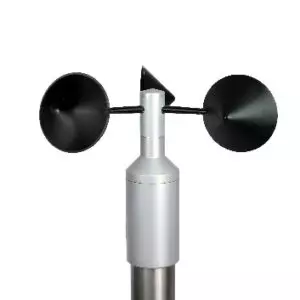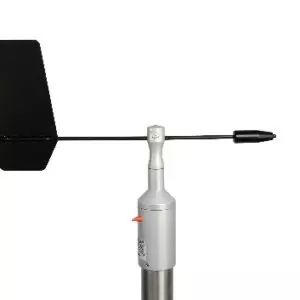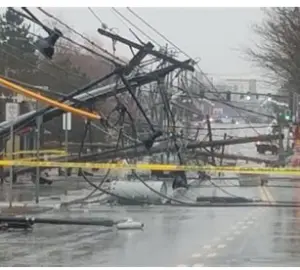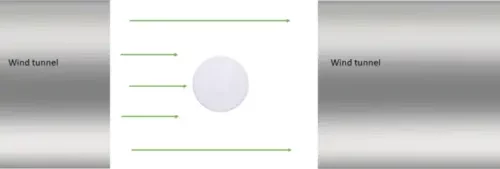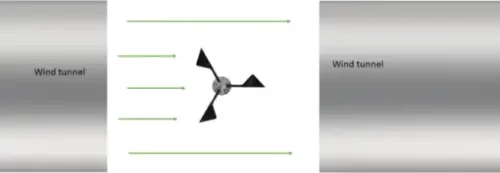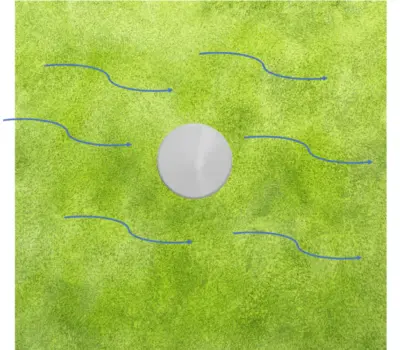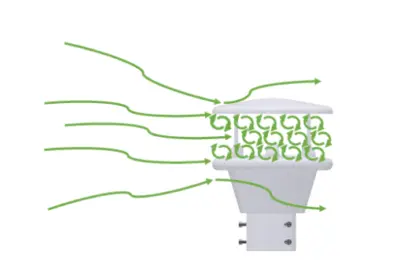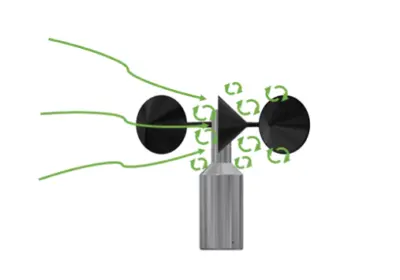Choosing the right wind sensor technology for any automatic weather station or wind measurement system is a very important topic. Whether you choose ultrasonic or mechanical cups and vane wind sensors will depend on various aspects that need to be taken into consideration.
The aim of this article is to provide an in-depth technical guide that will be useful when comparing different types of sonic wind sensors and cups and vane sensors, in order to make your choice in an informed manner, in line with your needs and specifications.

